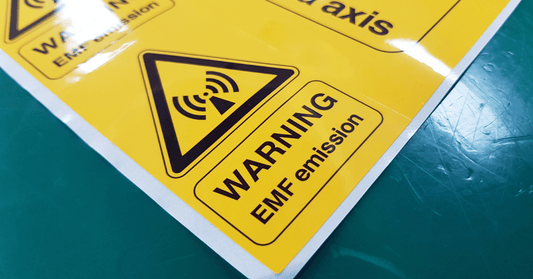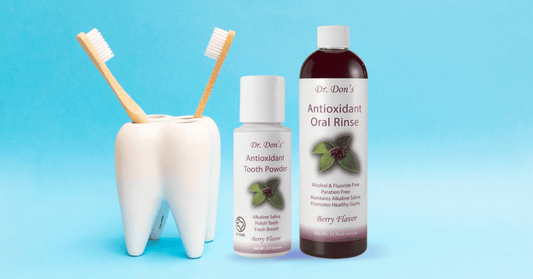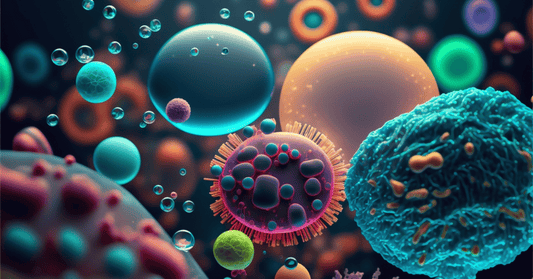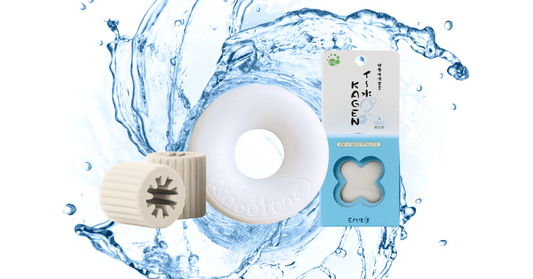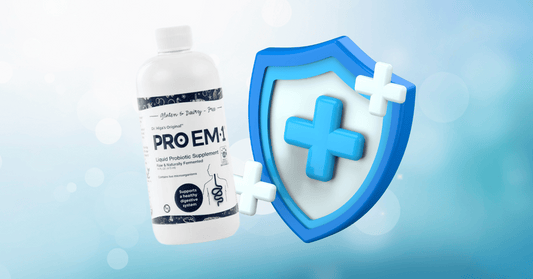
The Stars of Effective Microorganisms!
The Stars of Effective Microorganisms®
Mechanisms Behind The Beneficial Microorganisms in EM®
Effective Microorganisms®, or EM® for short, is a family of microbial-based products using a technology developed by Japanese scientist Dr. Teruo Higa.
The main product EM-1®, is a liquid bacterial product comprising of three groups of beneficial microbes;
- Saccharomyces cerevisiae - Yeast
- Rhodopseudomonas palustris - Phototrophic Bacteria
- Lactobacillus spp. - Lactic Acid Bacteria
The microbes introduced by EM-1® support the growth of other beneficial organisms including mycorrhizae, earth worms, and insects already in the soil. But what exactly do each species bring to the table in regards to soil and plant health?
Mechanisms Behind EM® Microorganisms
Lactobacillus Species
A common probiotic in fermented foods, lactic acid bacteria is used in food preservation because of their natural production of lactic and acetic acid, hydrogen peroxide and other active metabolite compounds that breakdown and utilize sugars.
Lactobacillus species are naturally found in healthy soil as well as on plant surfaces. These tiny beneficial microbes help protect against pathogens and fungi by naturally producing antimicrobial and antifungal compounds. In addition, their fermenting ability helps decompose or ferment organic matter releasing nutrients for plant use.
Lactobacillus has been found in multiple studies to reside on plant leaves, especially where sap is released. This creates a symbiotic relationship wherein the microbes consume the sugary sap, while providing pathogen protection to the plant.
Saccharomyces cerevisiae
A beneficial yeast often used in winemaking, baking and brewing this microbe is a natural fermenter and found in soils as well as the human body.

Saccharomyces cerevisiae can be taken up through some plant roots much like nutrients. When absorbed, this yeast provides benefits such as better root growth, heavy metal absorption and antifungal control.
For soils with heavy metal contamination, Saccharomyces has been heavily studied as an all natural bioremediation solution. The yeast has the ability to accumulate the metals into its cells, taking the toxicity away from the soil and plants.
Lastly, Saccharomyces has natural antifungal properties. Likely the reasons its commonly used as a probiotic for human consumption and used in baking and brewing. Studies show that the yeast undergoes specific changes in gene expression when confronted with fungi.
By producing a compound called Chitinase, an enzyme that breaks down chitin, Saccharomyces renders pathogenic fungi useless.
Rhodopseudomonas palustris
The last of the microbial groups used to make EM-1®, Rhodopseudomonas palustris, is the most unique in that it is found in almost any environment in nature. The bacteria is so versatile, it can grow using any of the four modes of metabolism for life.
The photosynthetic bacteria is found naturally in livestock lagoons, soil, marine sediments and pond water and the human digestive tract. With soil and plant health, Rhodopseudomonas has been shown to impact plant growth by influencing structure and composition in the roots.
Although the exact mechanisms is not known and needs further study, it is thought that the bacteria affect important growth compounds such as auxins. The photosynthetic bacteria also plays a significant role in organic matter decomposition. The bacteria is a great addition to the soil, as it enhances nutrient uptake by cycling nitrogen into plant available forms.

Because of its natural aquatic nature, Rhodopseudomonas can be used in any aquatic environments such as ponds or water features. By cycling and using the organic materials, this bacteria naturally cleans the water without the need for added chemicals.
Use the Power of These Microbes in Your Garden!
Using the benefits of Lactobacillus, Saccharomyces and Rhodopseudomonas is easy when you have EM-1®.

